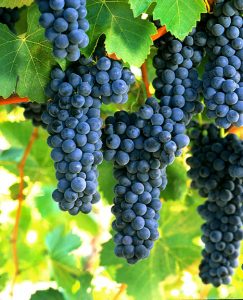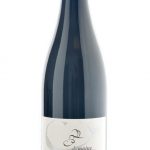 An arid, mostly trackless land whose interior is known for its blistering heat and vast array of venomous creatures and noxious pests, Australia would seem largely unsuitable for the cultivation of the vine. However, Australia fashions some of the world’s most compelling wines and is presently the planet’s fifth largest producer of wine, lagging only Italy, France, Spain, and the United States in total wine production.
An arid, mostly trackless land whose interior is known for its blistering heat and vast array of venomous creatures and noxious pests, Australia would seem largely unsuitable for the cultivation of the vine. However, Australia fashions some of the world’s most compelling wines and is presently the planet’s fifth largest producer of wine, lagging only Italy, France, Spain, and the United States in total wine production.
Viticulture thrives within the first one hundred and fifty miles of Australia’s temperate coastlines. The continent offers a multitude of microclimates and terroirs suitable for the successful production of Vitis vinifera (The Common Vine). Vitis vinifera, the indigenous European species of grapes that is responsible for most of the world’s wine, has been an important part of Australian history since the Union Jack first flapped over Jervis Bay. In 1788 the First Fleet sent by Britain to establish a penal colony in Australia carried Vitis vinifera as part of its cargo, and the colony’s first governor made wine in the environs of Sydney.
By the early 1820s viticulture was well established throughout New South Wales. However, it was not until the establishment of the Hunter Valley in the mid 19th century that Australia would officially land on the world’s viticultural map. From New South Wales viticulture and wine production spread to Victoria and South Australia. The arrival of the first free settlers to South Australia in the 1840s quickly enhanced the cultivation of the vine to the point where Barossa, Clare, Coonawarra, Eden, McLaren Vale, Padthaway, and others attest to the importance of wine in South Australia and the impact wine has had on the economy and history of Australia. From South Australia flow some of the finest Chardonnay, Cabernet Sauvignon, Grenache, Riesling, and most especially Shiraz wines that the continent has to offer, many from old vines. Today, the names Barossa and McLaren Vale are nearly synonymous with glorious, old vine Shiraz. A tour through this bountiful wine country reveals countless tracts of dry farmed old Shiraz vines, many in excess of 100 years that now appear more like trees than vines.
As important as South Australia is to the production of fine wine in Australia, it hardly holds a monopoly on quality. Since the 1970s, Western Australia has enjoyed a proliferation of the vine and the establishment of one of the world’s great viticultural paradises. In the past four decades, the Margaret River area of Western Australia has established itself as a world-class wine producing region for Shiraz and Chardonnay as well as traditional Bordeaux varietals. A clean, green temperate corner of Western Australia that sits beside the sea, the Margaret River now accounts for more gold medals and trophies for wine per capita than any other region of Australia.
From sea to shining sea, Australia fashions outstanding wines for all seasons and tastes to the delight of thirsty consumers, which makes Australia one of the planet’s greatest and most prolific wine producing nations.





